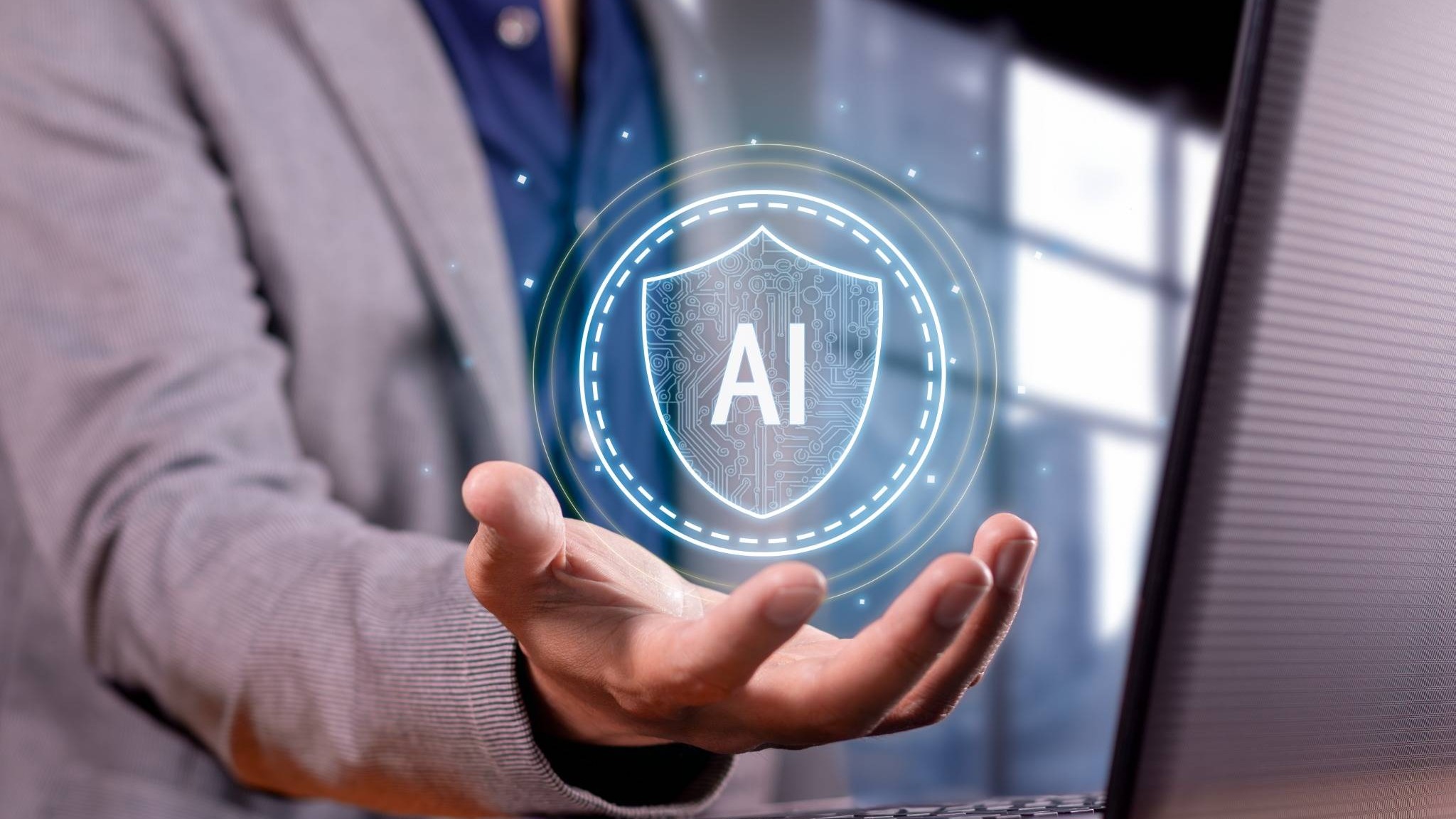
The Shift Towards Agentic Infrastructure
As we transition into an era defined by artificial intelligence and hybrid operations, businesses find themselves at a crossroads. HashiCorp, a key player in the infrastructure management realm recently acquired by IBM, is emphasizing this shift during HashiConf 2025. They've presented Project infragraph, aimed at creating comprehensive, intelligent infrastructure that functions seamlessly across diverse cloud environments. According to CTO Armon Dadgar, many enterprises are struggling to fully embrace AI, preferring to utilize it as an add-on to legacy processes rather than fundamentally transforming how they operate.
The Need for a Unified System
The complexity of managing multi-cloud environments can overwhelm organizations that lack a cohesive strategy. HashiCorp’s initiative seeks to address fragmentation and inefficiency in operations by offering a real-time infrastructure graph that integrates applications and services with ownership and policy. This unification not only improves operational efficiency but also facilitates governance and compliance—critical components as companies navigate increasingly intricate security landscapes.
How AI Can Transform Workflows
AI is set to revolutionize workplace dynamics, yet its successful implementation hinges on eliminating silos and ensuring a conducive foundation. Companies eager to incorporate AI into their transformations must first evaluate their infrastructure's capabilities. As noted by Bruno Aziza, a VP at IBM, fostering intelligent operations starts with establishing visible connections that can predict and minimize issues within existing systems. A move towards agentic infrastructure invites opportunities for enhanced automation, paving the way for scalable, agile operations through intelligent decision-making.
The Role of Everyday Operations Leaders
For HR professionals, operations leaders, corporate trainers, and career coaches, understanding these shifts can facilitate informed talent management and workforce planning strategies. Embracing AI-powered tools allows organizations to upskill employees effectively, improving productivity and engagement. As the workplace evolves into a more automated environment, preparing for this transformation can position firms as industry leaders in a competitive landscape.
To remain ahead of the curve, organizations are encouraged to explore the implications of AI-powered tools on job transformation and productivity. By taking proactive steps now, businesses can ensure they are not just adapting to changes but thriving within them.
 Add Row
Add Row  Add
Add 




Write A Comment